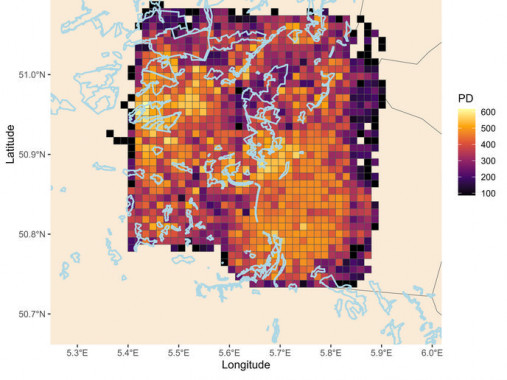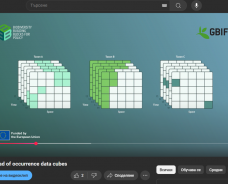A feature in CORDIS highlights B-Cubed’s efforts to improve access to biodiversity data. CORDIS, the European Commission's primary public platform for EU research and development projects, provides valuable insights for policymakers, researchers, and the wider public. The feature explores how B-Cubed applies the Essential Biodiversity Variables (EBV) framework and data cubes to integrate biodiversity data from diverse sources—research organisations, museums, citizen scientists, and automated sensors—making it more accessible for tracking environmental change and informing policy decisions.
How do data cubes support biodiversity policy?
Data cubes organise biodiversity data by various dimensions, like temporal, spatial, and taxonomic, making it easier to analyse trends and predict environmental changes. B-Cubed’s software tools, developed for cloud computing and following FAIR principles (Findable, Accessible, Interoperable, and Reusable), enable more efficient data use.
Project coordinator Quentin Groom highlights the benefits of this approach:
"Using SQL to access the Global Biodiversity Information Facility (GBIF) is a game changer in creating automated workflows from biodiversity data. It allows for rapid, repeatable modelling and could provide daily biodiversity indicators."
Testing solutions in real-world scenarios
To ensure the effectiveness of its approach, B-Cubed is conducting four case studies:
-
Flanders, Belgium: Analysing biodiversity in a region with rich data to develop indicators and models.
-
South Africa: Addressing challenges in a high-biodiversity region with limited observation data.
-
Global biodiversity observation gaps: Investigating disparities in biodiversity monitoring worldwide.
-
EU Habitat Directive species: Supporting monitoring and reporting efforts for European species of conservation concern.
The project’s work contributes to a future where biodiversity data are seamlessly integrated into monitoring and forecasting, allowing policymakers to respond proactively to environmental challenges.



